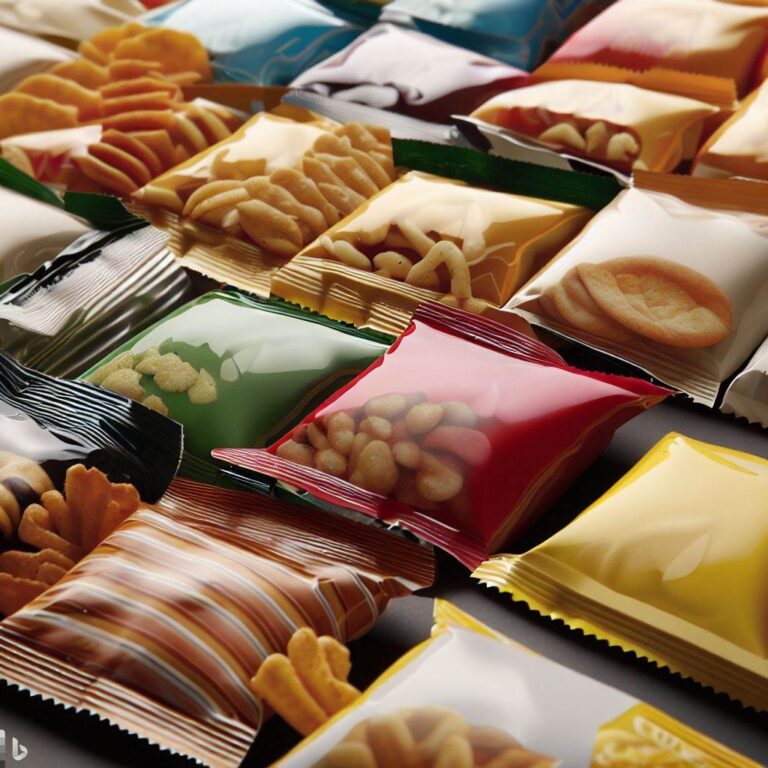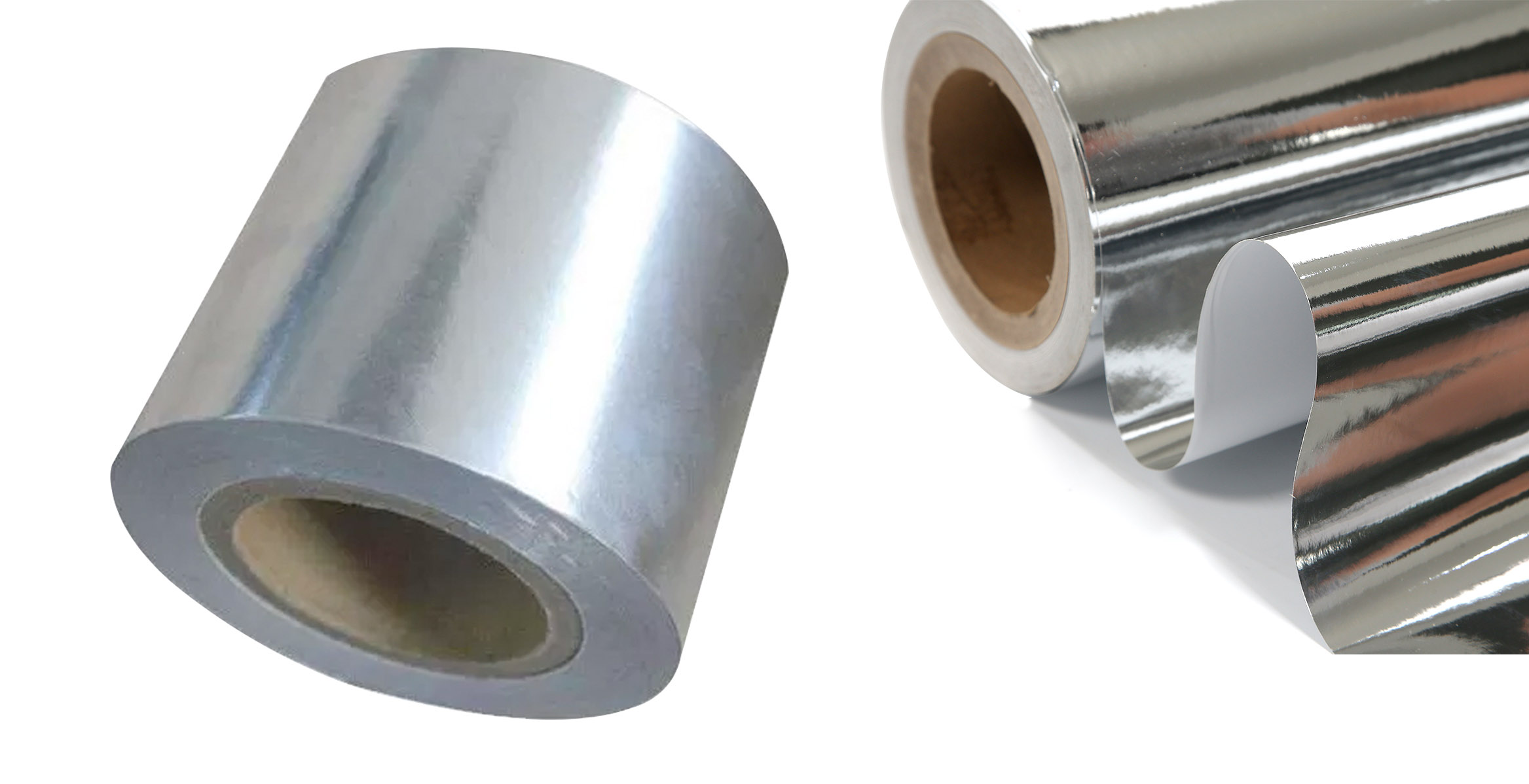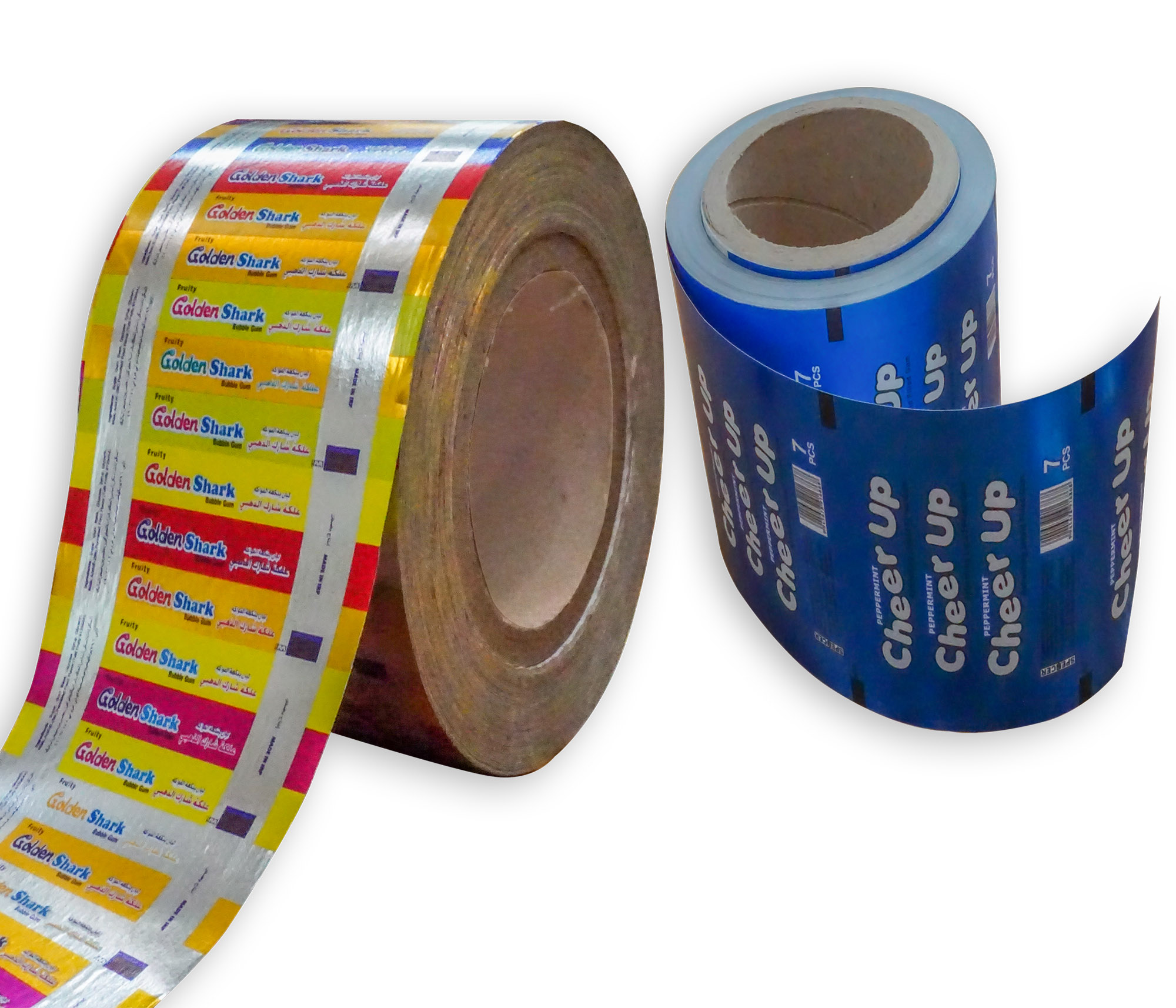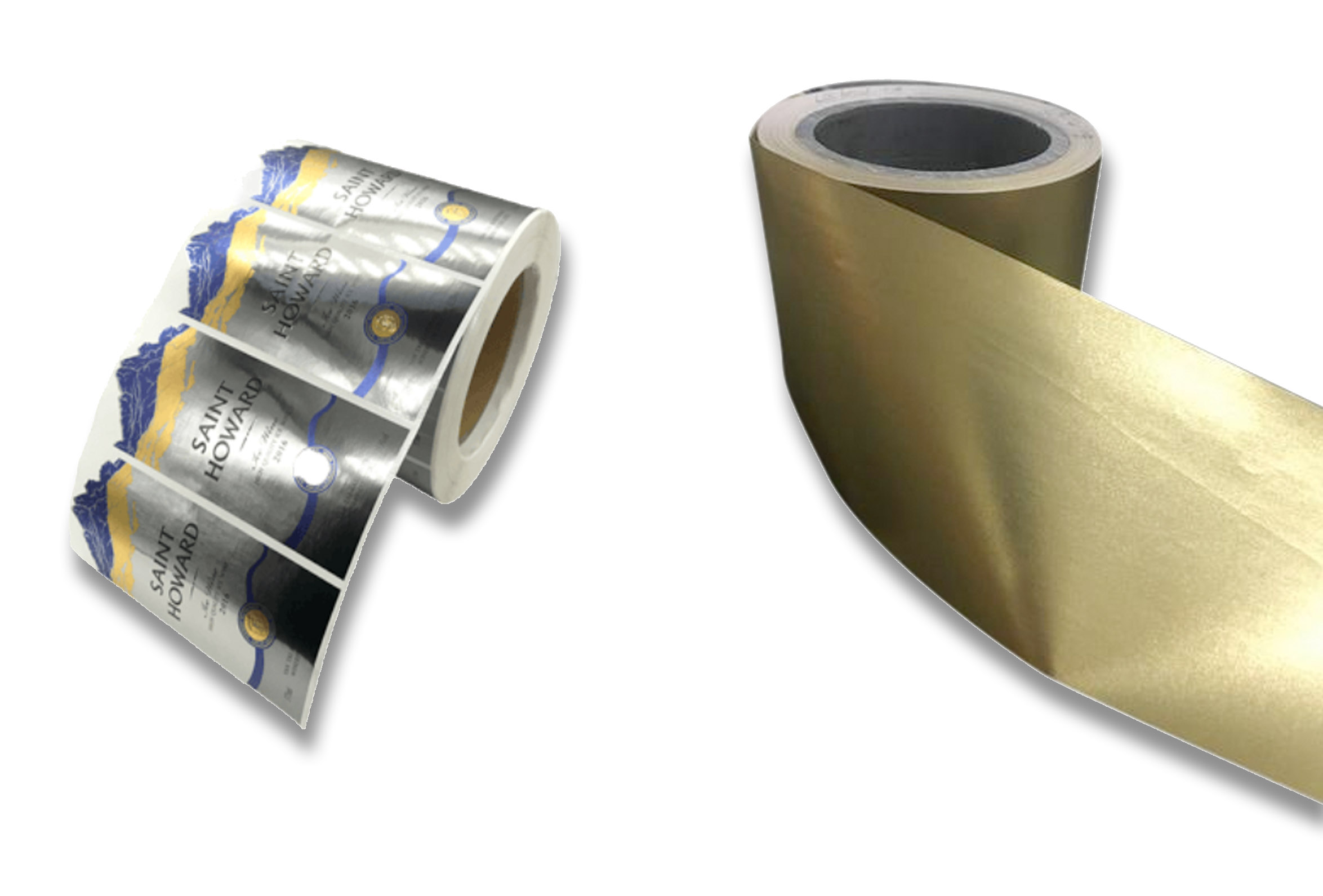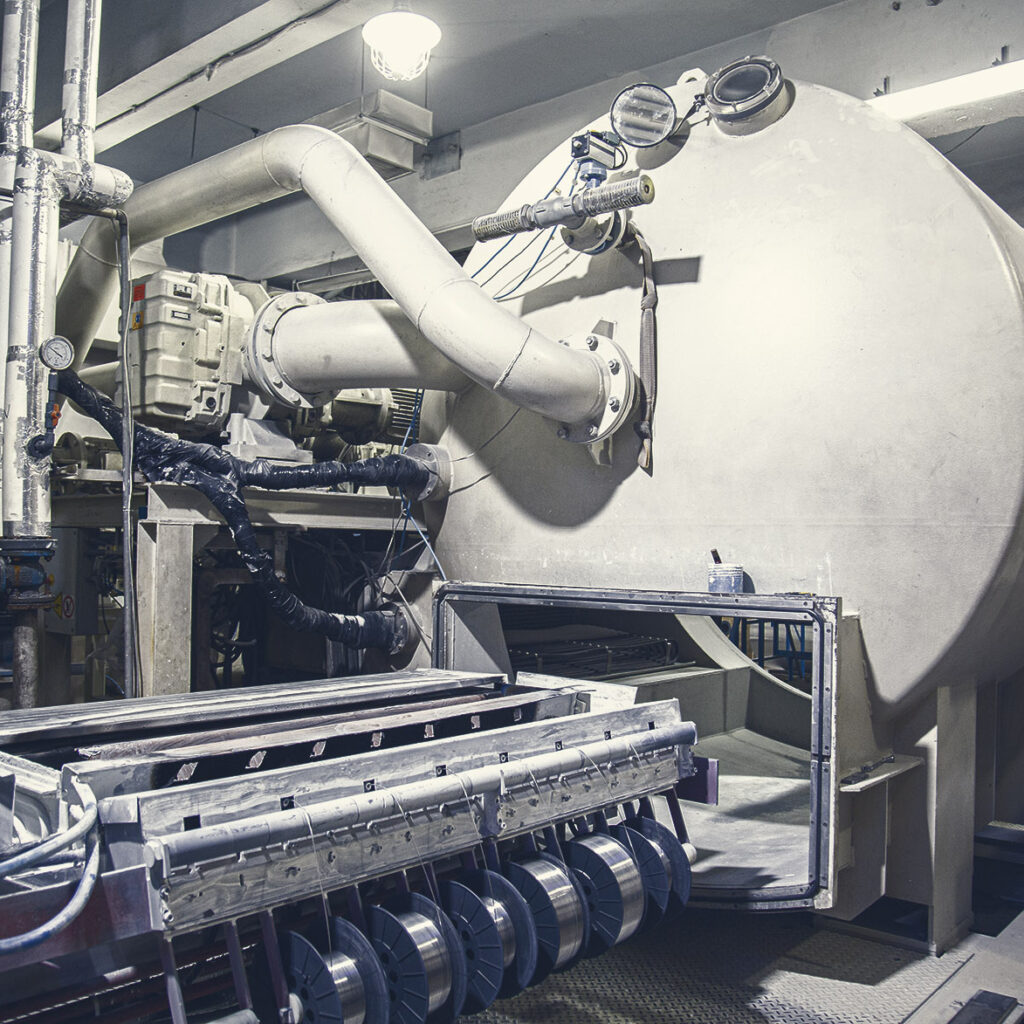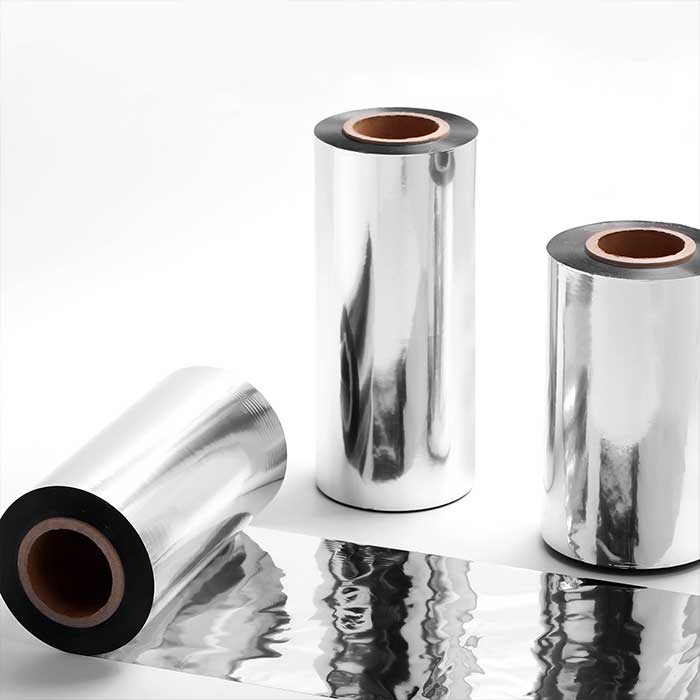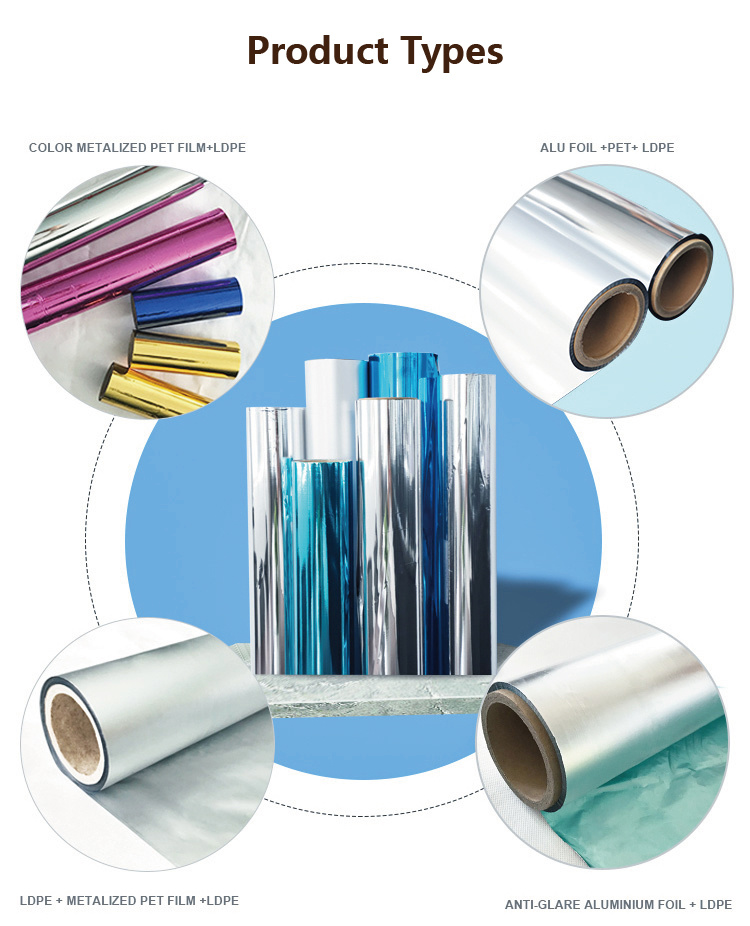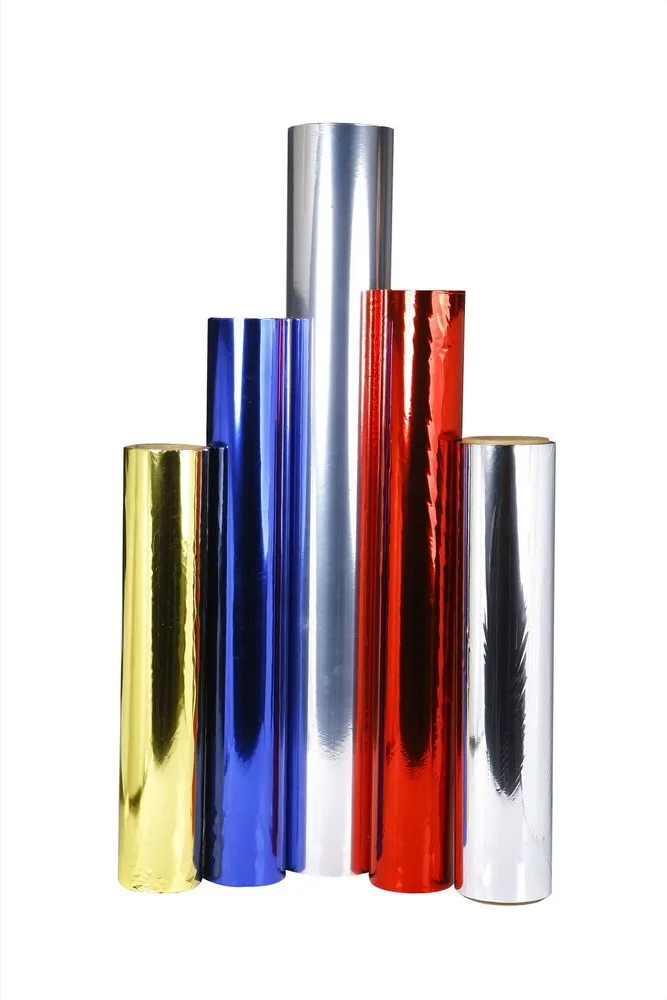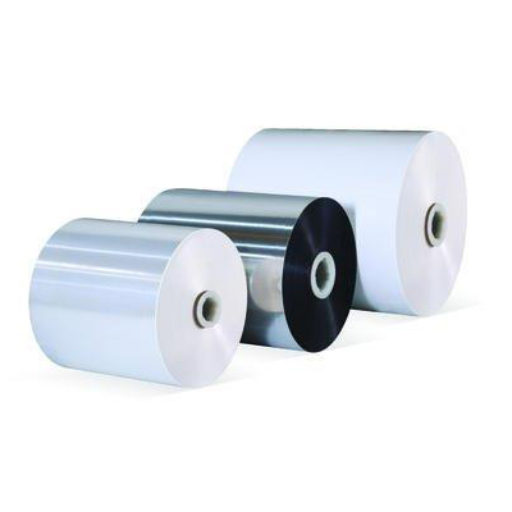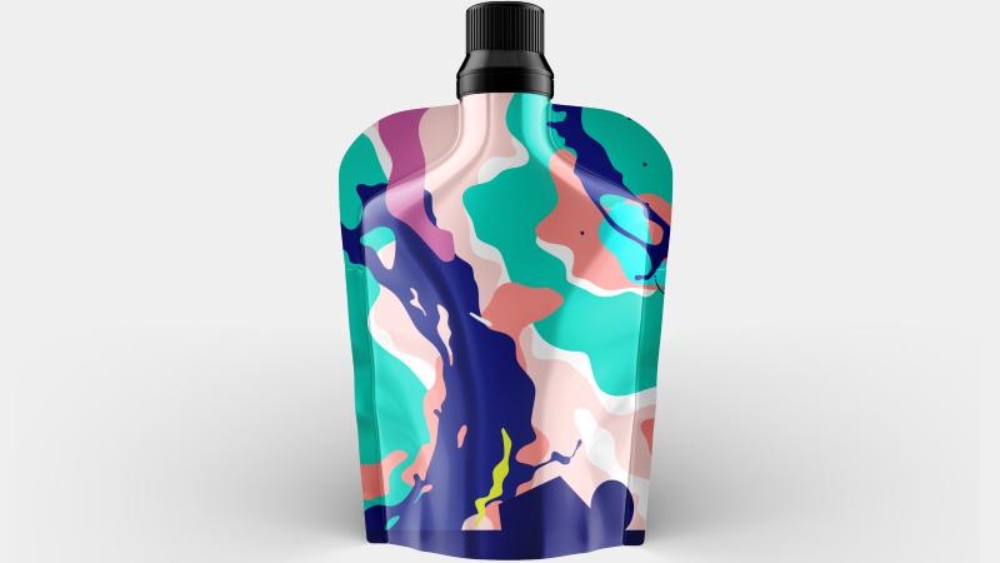Metatex PVT. LTD Standup Pouches Manufacturing
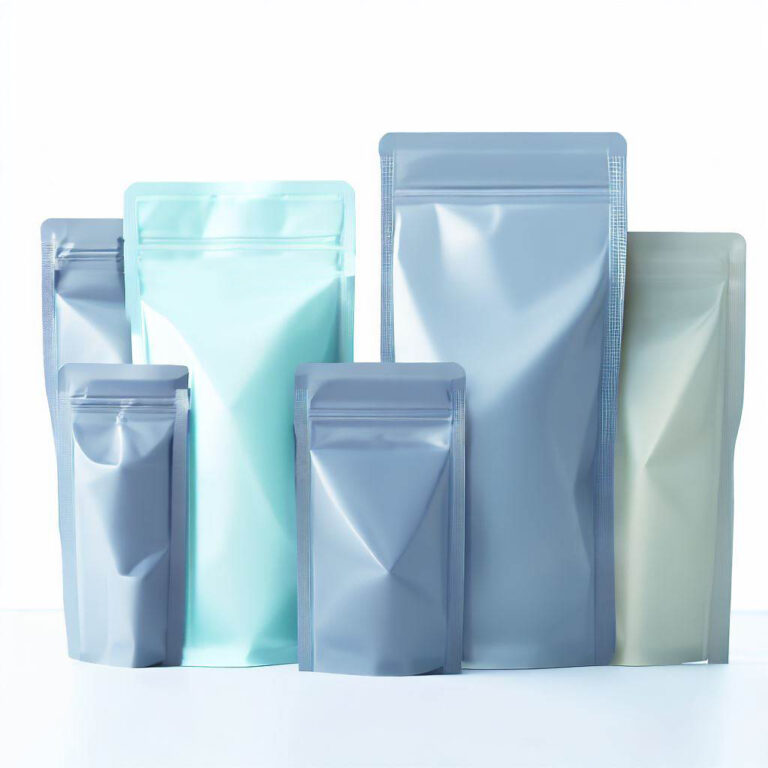
Standup Pouches Manufacturer
In today’s fast-paced world, where convenience and sustainability are paramount, standup pouches have emerged as a game-changer in the packaging industry. As a leading standup pouch manufacturer, Metatex Pvt. LTD is at the forefront of this revolution, offering innovative and customizable packaging solutions to businesses across various sectors.
Standup pouches are versatile, lightweight, and durable, making them an ideal choice for a wide range of products, including food, beverages, pet food, cosmetics, and more. Our manufacturing expertise ensures that these pouches are designed to maximize product visibility and shelf appeal, captivating consumers’ attention and driving sales.
At Metatex Pvt. LTD, we understand that every brand has unique requirements. Therefore, we provide tailored packaging solutions to meet your specific needs. Our team of experienced professionals works closely with clients to develop custom standup pouches that not only protect and preserve the product but also reflect the brand’s identity and values.
Metatex pride ourselves on utilizing state-of-the-art technology and employing sustainable manufacturing practices. Our standup pouches are made from high-quality materials that are recyclable and eco-friendly, reducing environmental impact while maintaining product freshness and integrity.
With our commitment to excellence, we have built a reputation for delivering superior standup pouches that exceed industry standards. Our rigorous quality control measures ensure that each pouch meets the highest levels of performance and reliability.
Partnering with Metatex means gaining a competitive edge in the market. Metatex offer fast turnaround times, cost-effective solutions, and exceptional customer service. Our dedicated team is always ready to provide guidance and support throughout the packaging process, from design to production.
In a world where packaging plays a crucial role in brand differentiation and consumer satisfaction, choosing the right standup pouch manufacturer is essential. Trust our expertise to elevate your product’s packaging and propel your business forward.
Contact us today to discuss your packaging requirements and unlock the potential of standup pouches for your brand.
